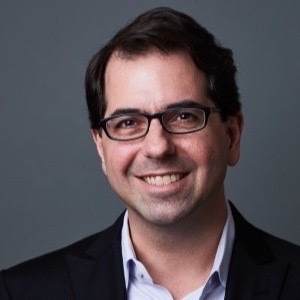Performance of Private-Equity NHs Comparable With For-Profit, Nonprofit Facilities Regarding COVID-19 Response
By Julie Gould
 New research published online in JAMA Network Open, shows that private equity (PE)-owned nursing homes performed comparably with both for-profit and nonprofit nursing homes. This was based on COVID-19 cases and deaths, as well as deaths by any cause, but PE facilities had less personal protective equipment than other nursing homes.
New research published online in JAMA Network Open, shows that private equity (PE)-owned nursing homes performed comparably with both for-profit and nonprofit nursing homes. This was based on COVID-19 cases and deaths, as well as deaths by any cause, but PE facilities had less personal protective equipment than other nursing homes.
“For more than 2 decades, PE firms have been acquiring nursing homes,” the study authors explained. “This trend has raised concerns among policy makers regarding the quality of care provided by facilities owned by these firms. The disproportionate impact of the COVID-19 pandemic on nursing homes has amplified these concerns.”
In order to better understand how PE facilities compared to those with other types of ownership during the COVID-19 pandemic, we spoke with study author Mark Unruh, PhD, associate professor in the Department of Population Health Sciences at Weill Cornell Medical College. In our discussion he notes similar performance among these facilites except in regards to PPE reporting.
What existing data led you and your co-investigators to conduct this research?
The Centers for Medicare and Medicaid Services (CMS) released the Nursing Home COVID-19 Public File last spring and has regularly updated it. The database includes a number of COVID-19 related measures for nursing homes, including the number of cases and deaths associated with the virus, in addition to shortages of staff and personal protective equipment (PPE). It provides researchers a snapshot of nursing homes’ performance on these measures at a point in time.
Please briefly describe your study and its findings. Were any of the outcomes particularly surprising?
We compared the performance of PE owned nursing homes to those with other types of ownership during the COVID-19 pandemic. We found that PE nursing homes performed comparably to other nursing homes based on staffing levels, COVID-19 cases or deaths, and deaths from any cause. However, PE nursing homes were less likely to report having at least a one-week supply of N95 masks and medical gowns.
What are the possible real-world applications of these findings in clinical practice?
Our findings suggest that additional research is needed to determine if PE nursing homes perform better or worse than non-PE nursing homes on broader measures of clinical quality and whether they are associated with higher or lower health care spending.
Do you and your co-investigators intend to expand upon this research?
We have multiple projects underway examining the relationship between PE acquisition of nursing homes and clinical outcomes beyond those related to COVID-19. We hope to publish these studies in the upcoming year.
Is there anything else pertaining to your research and findings that you would like to add?
The acquisition of nursing homes and other types of health care providers has generated a large amount of interest among policymakers. There have been few studies published on this topic, but there are multiple groups around the country examining it. I expect that we will be seeing many new studies on PE in health care in the near future.
About Dr Unruh
Mark Unruh, PhD is an associate professor in the Department of Population Health Sciences at Weill Cornell Medical College. His research primarily focuses on the quality and cost of both post-acute and long-term care.
Reference:
Braun RT, Yun H, Casalino LP, et al. Comparative Performance of Private Equity-Owned US Nursing Homes During the COVID-19 Pandemic. JAMA Netw Open. 2020;3(10):e2026702. Published 2020 Oct 1. doi:10.1001/jamanetworkopen.2020.26702










